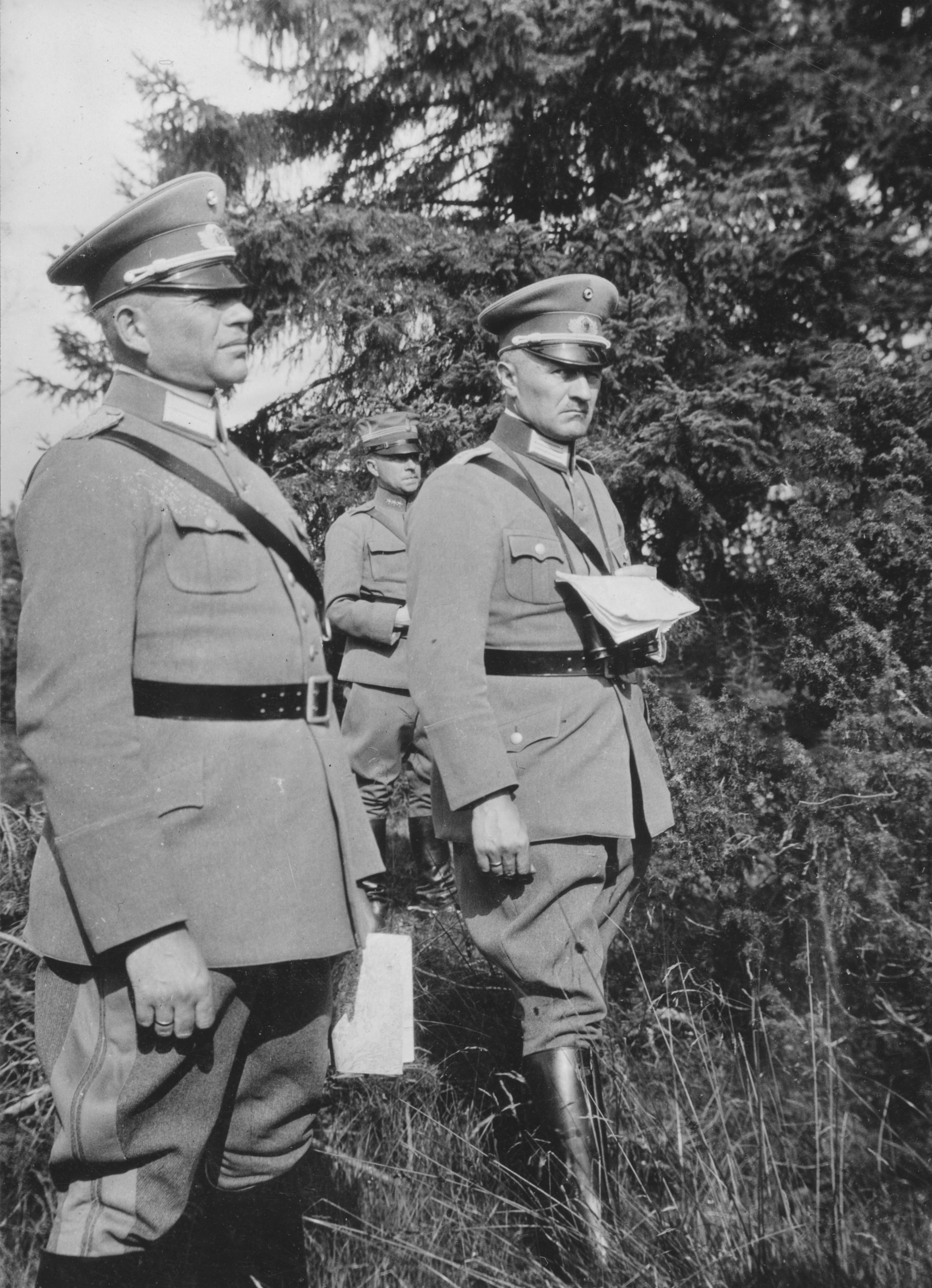|
Guderian
Guderian is a German surname. Other spellings are ''Guderjahn'' and ''Guderjan''. It is present in Greater Poland and Mazovia in the 19th century. Notable people with the surname include: *Heinz Guderian, Heinz Wilhelm Guderian (1888–1954), German general and military theorist *Heinz Günther Guderian (1914–2004), son of Heinz Wilhelm Guderian Further reading * * {{surname, Guderian German-language surnames ... [...More Info...] [...Related Items...] OR: [Wikipedia] [Google] [Baidu] |
Heinz Guderian
Heinz Wilhelm Guderian (; 17 June 1888 – 14 May 1954) was a German general during World War II who, after the war, became a successful memoirist. An early pioneer and advocate of the " blitzkrieg" approach, he played a central role in the development of the panzer division concept. In 1936, he became the Inspector of Motorized Troops. At the beginning of the Second World War, Guderian led an armoured corps in the Invasion of Poland. During the Invasion of France, he commanded the armoured units that attacked through the Ardennes forest and overwhelmed the Allied defenses at the Battle of Sedan. He led the 2nd Panzer Army during Operation Barbarossa, the invasion of the Soviet Union. The campaign ended in failure after the German offensive Operation Typhoon failed to capture Moscow, after which Guderian was dismissed. In early 1943, Adolf Hitler appointed Guderian to the newly created position of Inspector General of Armoured Troops. In this role, he had broad responsi ... [...More Info...] [...Related Items...] OR: [Wikipedia] [Google] [Baidu] |
Heinz Günther Guderian
__NOTOC__ Heinz Günther Guderian (23 August 1914 – 25 September 2004) was a German officer in the and later a major general and Inspector of Panzer Troops in the West German and NATO. He was the son of World War II General Heinz Guderian. Born in Goslar in what was then the Prussian Province of Hanover, Heinz Günther Guderian entered the German Army as an officer cadet on 1 April 1933. He was promoted to second lieutenant in 1935 and served as a (platoon leader), battalion and regimental adjutant and company commander in Panzer Regiments 1 and 35. He saw combat during the invasion of Poland and was wounded twice during the Battle of France in 1940. He graduated from the General Staff College in 1942 and served as a staff officer in various armored units until being assigned as the Operations Officer for the 116th ("The Greyhounds") in May 1942, a position he held until the end of the War. He was captured at the conclusion of World War II and held as a prisoner of war until ... [...More Info...] [...Related Items...] OR: [Wikipedia] [Google] [Baidu] |
Greater Poland
Greater Poland, often known by its Polish name Wielkopolska (; german: Großpolen, sv, Storpolen, la, Polonia Maior), is a Polish historical regions, historical region of west-central Poland. Its chief and largest city is Poznań followed by Kalisz, the oldest city in Poland. The boundaries of Greater Poland have varied somewhat throughout history. Since the Middle Ages, Wielkopolska proper has been split into the Poznań Voivodeship (14th century to 1793), Poznań and Kalisz Voivodeship (1314–1793), Kalisz Administrative division of the Polish–Lithuanian Commonwealth, voivodeships. In the wider sense, it also encompassed Sieradz Voivodeship (1339–1793), Sieradz, Łęczyca Voivodeship, Łęczyca, Brześć Kujawski Voivodeship, Brześć Kujawski and Inowrocław Voivodeship, Inowrocław voivodeships, which were situated further eastward. After the Partitions of Poland at the end of the 18th century, Greater Poland was incorporated into Kingdom of Prussia, Prussia as the ... [...More Info...] [...Related Items...] OR: [Wikipedia] [Google] [Baidu] |
Mazovia
Mazovia or Masovia ( pl, Mazowsze) is a historical region in mid-north-eastern Poland. It spans the North European Plain, roughly between Łódź and Białystok, with Warsaw being the unofficial capital and largest city. Throughout the centuries, Mazovia developed a separate sub-culture featuring diverse folk songs, architecture, dress and traditions different from those of other Poles. Historical Mazovia existed from the Middle Ages until the partitions of Poland and consisted of three voivodeships with the capitals in Warsaw, Płock and Rawa. The main city of the region was Płock, which was even capital of Poland from 1079 to 1138; however, in Early Modern Times Płock lost its importance to Warsaw, which became the capital of Poland. From 1138, Mazovia was governed by a separate branch of the Piast dynasty and when the last ruler of the independent Duchy of Mazovia died, it was fully incorporated to the Polish Crown in 1526. During the Polish–Lithuanian Commonwealth over ... [...More Info...] [...Related Items...] OR: [Wikipedia] [Google] [Baidu] |
